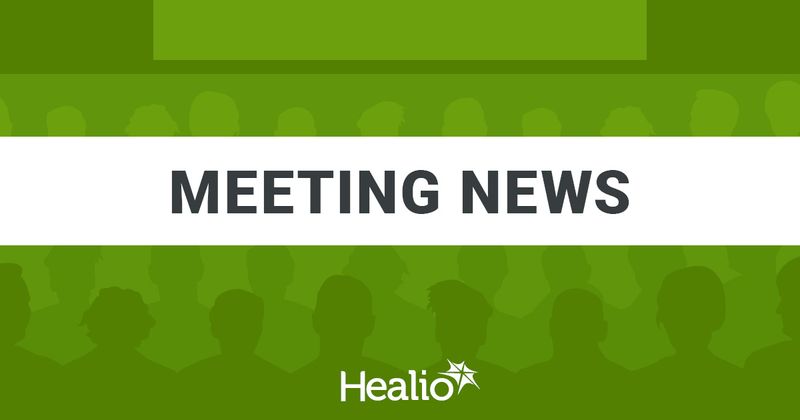Smartphone-based tools improve patient care in glaucoma
Smartphones are nearly ubiquitous and powerful tools that allow physicians to take better care of patients and help patients improve care for themselves, according to a speaker at the American Glaucoma Society meeting.
Among the most commonly used apps, Doximity Dialer allows setting up a preestablished office phone number from a physician’s individual device.

“It allows you to make phone and video calls from your personal device that appear to come from your office,” Annette Giangiacomo, MD, said.
Other well-known apps are GoodRx Pro, which provides information on drug pricing and discounts offered by local and mail-order pharmacies, and epocrates, which gives physicians information on drugs and interactions.
Beyond apps, smartphone-based technologies include a tonometer that was evaluated with the iPhone 6 in 162 eyes of 81 patients with glaucoma of various types as well as glaucoma suspects. A significant linear correlation was found between Goldmann applanation tonometry and smartphone-measured IOP.
“I think a lot of us can see a place for this in our rural or underfunded practices. It’s an exciting emerging technology,” Giangiacomo said.
Gonioscopy and visual field testing can also be performed, with smartphone-based technologies currently under investigation. One of these technologies is the GearVision head-mounted perimeter, which showed results comparable to the Humphrey Field Analyzer (Zeiss) and was preferred by patients.
For patients with low vision, the Aira app allows an agent to access the patient’s phone, give directions on how to reach places and use the camera to help describe the scene. Voice Dream provides text-to-speech facilities, and Supersense utilizes the camera to perform multiple tasks such as document reading, describing the scene and identifying objects. WayAround is a free smartphone app built to assist patients who are blind or have low vision, and it also sells information-rich audio tags that can be placed around the patient’s house.
“You can, for example, tag things in your refrigerator, and the phone can read the tag and then describe to you what it is that you’re looking at,” Giangiacomo said.

